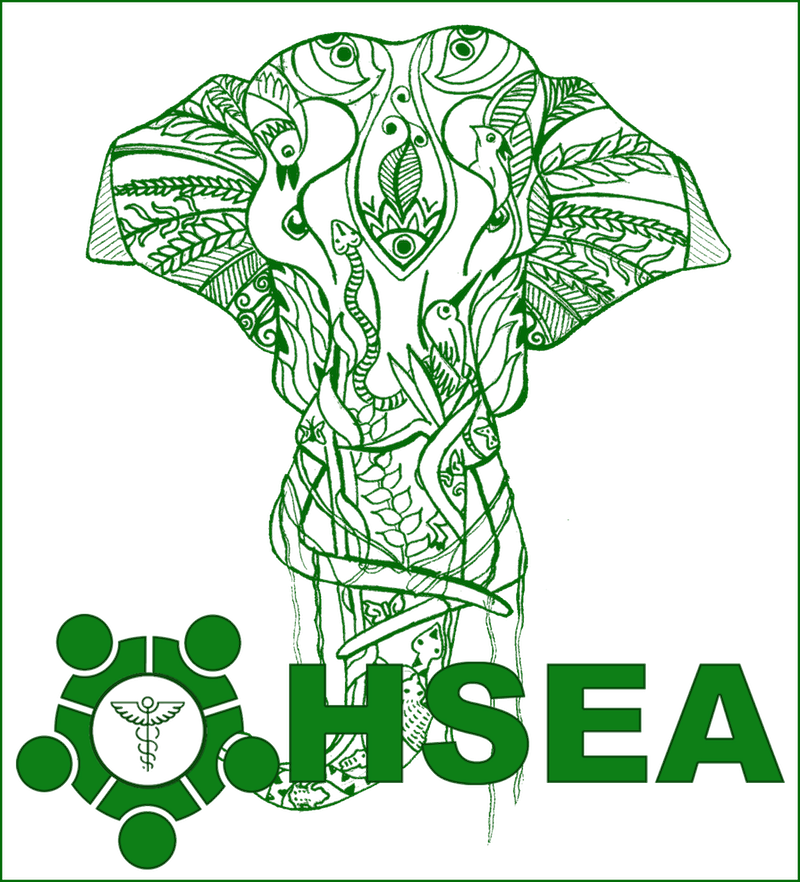Supporting research and laboratory capacities on dog-associated zoonotic diseases in Cambodia and collaborations with Southeast Asia countries
PITCH
INTRODUCTION TO THE PROJECT
Domestic dogs are the main reservoir of several neglected zoonotic diseases, including rabies which has major impacts on public health and
economies of developing countries in Asia and Africa due to inefficient surveillance and control systems. Dogs are also suspected to play a role in the epidemiology of several parasitic or emerging vector-borne diseases, although scientific evidence is often lacking.
Free-roaming, domestic dog populations are widespread in SE Asia, including individually owned pet or utility dogs, “community” and stray dogs. Thus, they have similar exposures as humans to the environment, in particular to arthropod vectors, while also interacting directly with anthropogenic and natural habitats, and with the wildlife which inhabits them.
Because of this complex interplay between dogs, dog owners and their environments in South East Asia, the epidemiology and management of dog-associated diseases must be apprehended through an integrated social-ecological approach, such as adopted by the ongoing SEA-dog-SEA project in Cambodia, Indonesia and Thailand. Adopting such multidisciplinary One Health approach, DogZooSEA project aims to improve knowledge and management of two major public health problems in Cambodia and neighbouring countries in SE Asia:
– Rabies : Dogs are the main reservoir for rabies in humans, responsible for approximately 60,000 death annually. In Cambodia, where rabies is a major public health issue, models have consistently estimated over 100,000 dog bite injuries resulting in 800 death annually. There is an endemic lack of surveillance, none or unspecific bite notification, no access to brain biopsies (necessary for diagnostic). In Indonesia, especially in Bali island, while several mass dog vaccination campaigns have been launched, the occurrence of rabies virus-neutralizing antibodies (RVNAs) circulation is overlooked. Up to now, the significance of these possible non-lethal exposure cases remains unclear.
– Dengue : epidemics in Cambodia documented since 1995 causing more than 400 deaths.
– West Nile virus (WNV) : Recent findings also indicate the circulation in the region. WNV is globally distributed, although little is known about the prevalence and incidence of the disease in humans in SE Asia. Although their epidemiological roles are still unclear, domestic dogs could be used as sentinel.
– Arthropod-borne viruses : for which dogs could be sentinels for human risks of infection.
PROJECT IN ACTION
The project has synergised ongoing activities carried out as part of the SEA-dog-SEA project, co-funding specific surveys in Cambodia and promoting partnerships for One Health research and control of zoonotic diseases in SE Asia for which dogs can act as sentinels.
OHSEA has funded the analysis in two villages in Cambodia (Kandal province, and Battambang or Stung Treng province), while sites in Indonesia (two sites in Bali) and Thailand (Nan province) are co-funded through other sources (ANR, TICA).
Task 1: To document dog owners’ perceptions and management practices in selected rural villages in Cambodia, Indonesia and Thailand (questionnaire surveys, focus group discussions/participatory mapping)
Task 2: To assess dog population dynamics (local/migrants) and distribution in selected villages in Cambodia and Indonesia (15-20 camera-traps/capture-mark-recapture)
- Filming Device
- AI algorithms proceeding to semi-automated dog individual recognition
Task 3: To explore the potential use of dogs as sentinels for human arboviral infection risks, by analyzing the seroprevalence of DENV, JEV, WNV for pairs of dogs and dog owners living in the same households during the dry and rainy seasons (total of 440 samples analysed at IPC, FRNT/confirmation nAb);
Task 4: To explore non-lethal rabies infections rates among non-vaccinated dog populations in Cambodia and Bali (150 samples analysed by FAVNT at IPC on a minimum of 50 dogs/site);
Task 5: To strengthen regional collaboration between laboratories involved in One Health activities related to dog-associated diseases in South East Asia (1 week training at IPC on laboratory diagnostic techniques).
NEXT STEPS
- The results and recommendations will thereafter be disseminated to the scientific community via articles published in open-access peer-reviewed journals, and to relevant national and regional agencies.
- SEAdogSEA final project workshop has be held in Bangkok early 2023, providing the project team leaders with additional opportunity to present the results to regional agencies based in Bangkok involved in dog and rabies control (OH Tripartite, GARC).
- Depending on the course of the project activities and the results obtained, two or three potential papers will be published on: (i) use of participatory social-ecological survey, camera traps and artificial intelligence for improved local dog population estimates and management (precision, flexibility, costs); (ii) the potential use of dogs as sentinels for arboviral infections, and iii) non-lethal rabies exposure in dogs.
- This project is part of a bigger ongoing project, the JFS/SEA-dog-SEA project (Socio-Ecological Approach of Dog-borne zoonotic diseases in Southeast Asia project), that will continue to investigate on problematics in synergy with the DogZooSEA project’s and to promote partnerships for One Health research and control of dog-associated zoonotic diseases in SE Asia.
DogZooSEA ON THE WEB
Get a glimpse of the on going SEA-dog-SEA project : https://www.sea-eu-jfs.eu/funded-projects/2nd-joint-call-sea-dog-sea
CONTACT
Project leaders :
Hélène GUIS (helene.guis@cirad.fr)
Sowath Ly (lsowath@pasteur-kh.org)
Associated researchers :
Michel GARINE-WICHATITSKY (michel.de_garine-wichatitsky@cirad.fr)
Prof Wayan Artama (artama@ugm.ac.id)
Dr Anamika KRITIYAKAN (Anamika.k@ku.ac.th)
Countries involved : Cambodia, Laos and France


